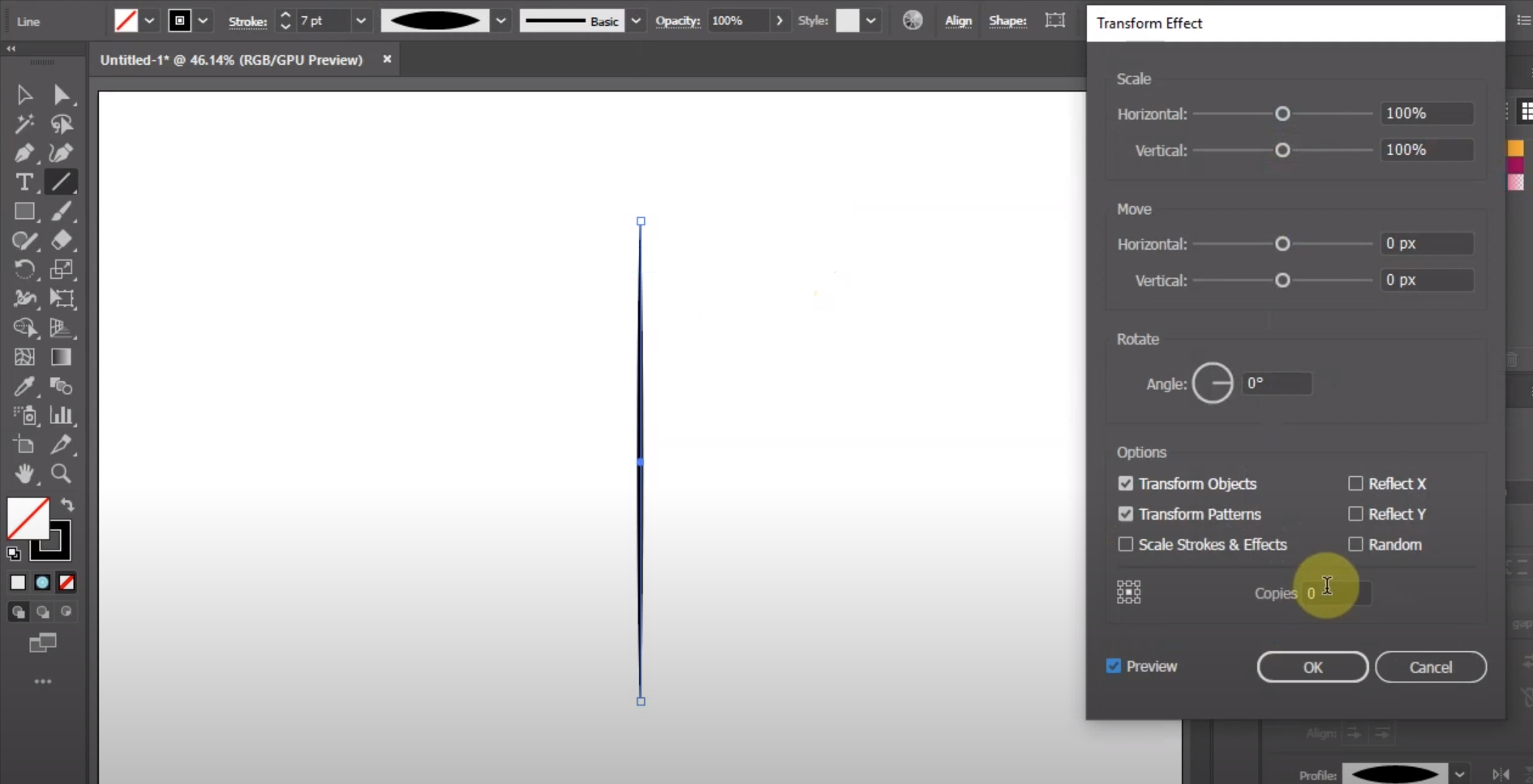

With true user interface parity between Macintosh and Windows versions starting with 7.0, designers could finally standardize on Illustrator. Like Photoshop, Illustrator also began supporting plug-ins, greatly and quickly extending its abilities. Illustrator also began to support TrueType, effectively ending the "font wars" between PostScript Type 1 and TrueType. With the introduction of Illustrator 7 in 1997, Adobe made critical changes in the user interface with regard to path editing (and also to converge on the same user interface as Adobe Photoshop), and many users opted not to upgrade. The changes remained until CS6 when some small steps were taken to restore the app to a slightly more Mac-like interface.Īdobe Illustrator 10, the last version before the Creative Suite rebrand
#ADOBE ILLUSTRATOR COST MAC#
The interface changed radically with the following version to bring consistency between Mac and Windows computer platforms. Version 6 was the last truly Macintosh version of Illustrator. And there was no version 6 for Windows.) Version 4 was, however, the first version of Illustrator to support editing in preview mode, which did not appear in a Macintosh version until 5.0 in 1993. (Note that there were no versions 2.0 or 4.0 for the Macintosh-although, the second release for the Mac was titled Illustrator 88-the year of its release. The next Windows version, version 4.0, was widely criticized as being too similar to Illustrator 1.1 instead of the Macintosh 3.0 version, and certainly not the equal of Windows' most popular illustration package CorelDRAW. The first version of Illustrator for Windows, version 2.0, was released in early 1989 and flopped.


In the early 1990s, Adobe released versions of Illustrator for Display PostScript licensees NeXT, Digital Equipment Corporation Ultrix, Silicon Graphics IRIX, and Sun Solaris platforms, but they were discontinued due to poor market acceptance. One window would show the work in progress and the other window would show a preview of the work in progress.Īlthough during its first decade Adobe developed Illustrator primarily for Macintosh, it sporadically supported other platforms.
#ADOBE ILLUSTRATOR COST SOFTWARE#
Įarly versions of the software did not support working in preview mode and users needed to have two windows open on their desktop in order to have a live preview of their work. īyte in 1989 listed Illustrator 88 as among the "Distinction" winners of the Byte Awards, stating that with it Adobe had "pulled ahead" of previously industry-dominant competitor Aldus FreeHand. Illustrator 88, the product name for version 1.7, was released in 1988 and introduced many new tools and features. Early magazine advertisements (featured in graphic design trade magazines such as Communication Arts) referred to the product as "the Adobe Illustrator". Photoshop is primarily geared toward digital photo manipulation and photorealistic styles of computer illustration, while Illustrator provides results in the typesetting and logo graphic areas of design. Adobe Illustrator is the companion product of Adobe Photoshop. History Versions 1–1.6 (Illustrator 88) ĭevelopment of Adobe Illustrator for the Apple Macintosh began in 1985 (shipping in January 1987) as a commercialization of Adobe's in-house font development software and PostScript file format.


 0 kommentar(er)
0 kommentar(er)
